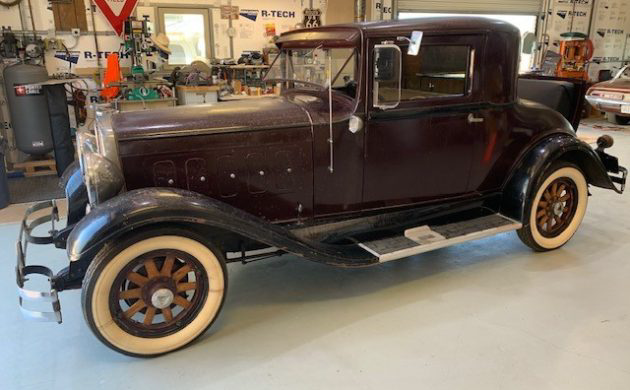
In 1929, The Hudson Motor Car Company solidly occupied position number three behind Ford and General Motors for the most automobiles produced that year. In 1930, they launched a luxury car line called the Great Eight. Improved for 1931 and called the Greater Eight, Hudson slipped precariously to 8th in sales and never recovered. Were expensive and well-engineered cars like this 1931 Hudson Greater Eight Coupe for sale on Barn Finds Classifieds in Murphys, California to blame? Or, was it a question of poor timing on account of the Great Depression? Now, 93 years later, is this luxurious coupe needing a little TLC a bargain for someone who knows their automotive history at $18,500?
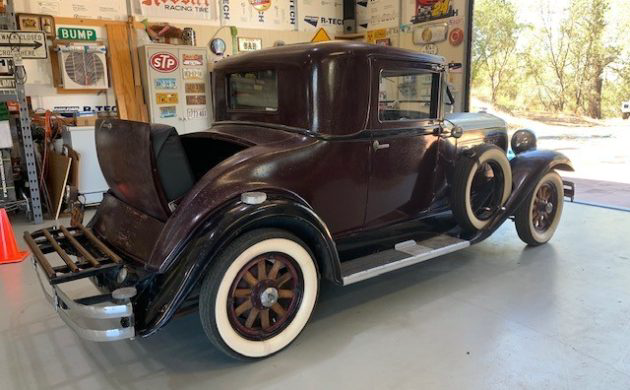
By the time the stock market crashed in late October of 1929, The Hudson Motor Car Company had established a reputation as a solidly built, well-engineered automobile that purchasers could count on. The company had already introduced its lower-cost Essex line and wanted to branch out into more lucrative luxury car sales. Then and now, expensive cars provide greater profit margins and many companies before and since have gone that route with mixed success.

In 1930, Hudson launched a line of upper-market vehicles with semi-custom bodies wrapped around a new inline eight-cylinder engine. Called the Great Eight, these cars were praised for their rounded lines, smooth engine, and strong performance. The problem was that economic conditions began to hammer sales across the board, but luxury cars were an especially hard sell. Renaming the line the Greater Eight for 1931 didn’t stop the bleeding in the sales department. Despite all efforts, including a handful of Greater Eights with boattail bodies, Hudson struggled to weather the storm.
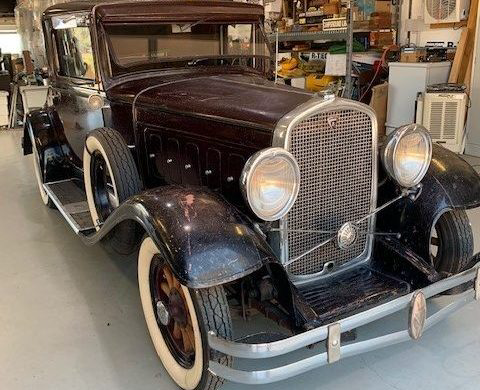
That was a shame, as the Greater Eights were exceptional cars for the time and the company likely would have been rewarded financially if the economy had recovered quickly. Customers who could still afford such a car could choose from two different chassis (119 or 126 inch wheelbase). Hudson also softened the edges of their rather rigid styling and provided customers with a fine mesh grille, a full set of instruments, adjustable seats, and a steering column that was adjustable vertically to offer customers of all sizes a better fit in the car.

The Hudson Greater Eight you see here is a running and driving car that is either a much older restoration or a car that is a combination of original materials and some refurbishment. It is advertised as a rust-free West Coast car with a solid maroon body with black fenders. The interior is covered in gold mohair material and it even comes with a window shade for the back glass.
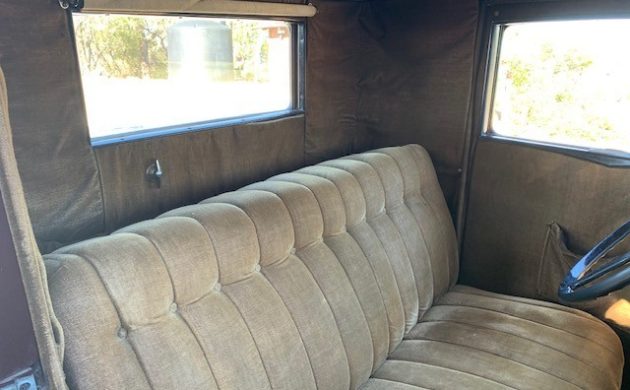
The sellers have some spare parts to go along with the car and appear to have spent a considerable sum getting it back on the road. The top has been recovered with new material, the carburetor has been rebuilt, and the car seems to have been given a general once-over. Judging by the yellowed wide-whitewall tires, a new set of tires might need to be replaced to be on the safe side. They are a small price to pay for the privilege of driving such a car.
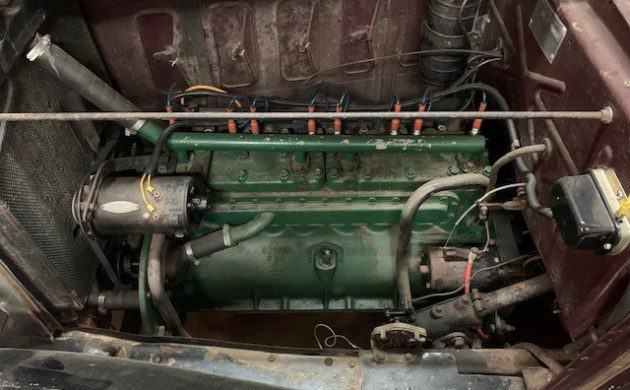
The new owner can look forward to having plenty of power under the hood with a 233 cubic inch inline eight-cylinder engine providing propulsion. The engine was rated at 87 horsepower and was connected to a three-speed sliding-gear transmission. While 87 horsepower is considered low today, back in its day, this car had more than enough power for the road conditions. When Ford’s famous Flathead debuted in 1932, it produced just 65 horsepower and a lot less torque.
The seller tells us that the engine was rebuilt in early 2000. The drivetrain has been date-coded, which means that they are original to the car. This Hudson is said to shift very smoothly and the mechanical brakes have been rebuilt as well. An electric fuel pump has been installed to assist in driveability and the car “runs and drives great”
In all, this is a very handsome car that will likely sell for the upper end of Model A Ford money. For that investment, you will get a car that had few peers back in 1931 and can be counted on to deliver many more pleasant days of motoring. Hudsons were built to last, and this car is a testament to that. Hopefully one of our lucky readers can take this one home.

Now this is a real bargain. Compared to a 31 Stutz ( same body style and condition ) expect to pay $60,000. Same goes for a 31 Packard. I believe this car is CCCA eligible but even not, it is a steal!
Not sure if the dates work out, but Clyde Barrow would have enjoyed this coupe even more than his trusty Ford flatheads.
Oh man, if only I was 25 years younger!! I’d be on this like a duck on a June bug. I love the orphan brands. Just don’t see them very often. I do think that it needs the brakes upgraded to juice though. IMO. Best wishes new owner, take care of her and treat her like the royalty that she is.
Is there a proper and easy way to enter and exit a rumble seat without scratching the paint or slipping and falling to the ground? A hand rail would make the job somewhat easier.
Same basic engine in my first car: 37 Hudson Eight which I obtained in 1950. Since octane had increased by then the rods (and pistons) were removed, new babbitt poured, and bored off center to raise the pistons to level with the top of the block which raised the compression. That resulted in increased compression and more H P and torque.
If Twelve Volt Systems were available then it would have made starting the engine more comfortable.
One of my favorite things to do was idling in high gear and walking along outside the car. Getting in and accelerating without downshifting.
However, the idle was so slow that it didn’t splash enough oil up on the rings and wrist pins at idle to prolong that practice. The engine was completely splash oiling. The oil pump was used only to fill the oil troughs.